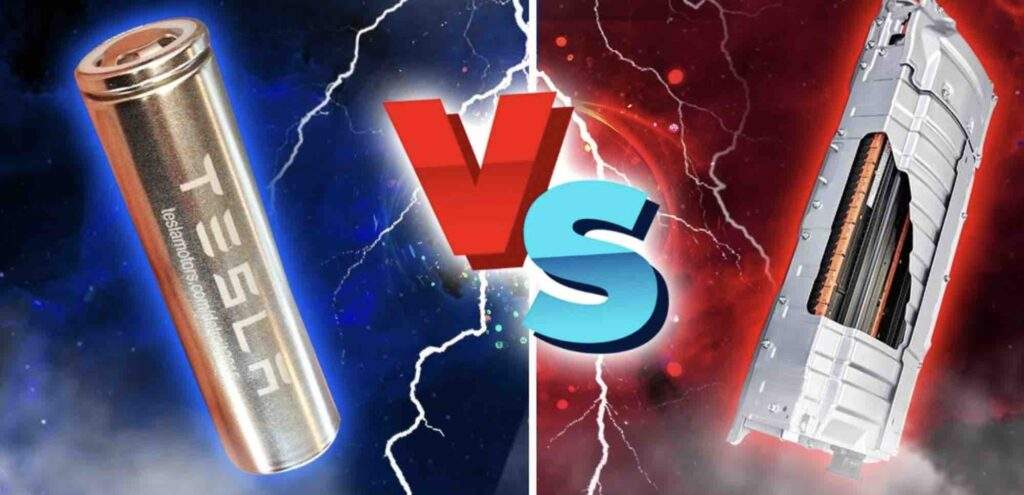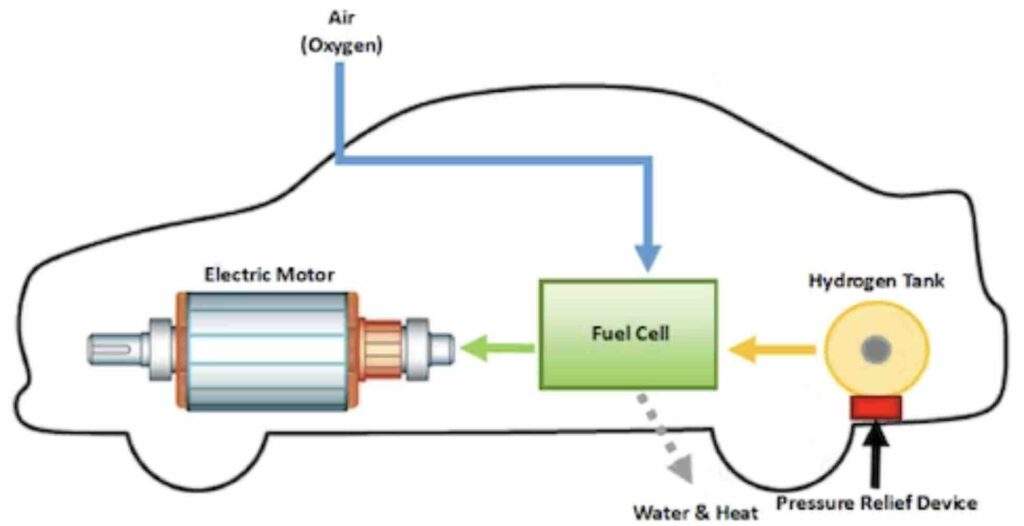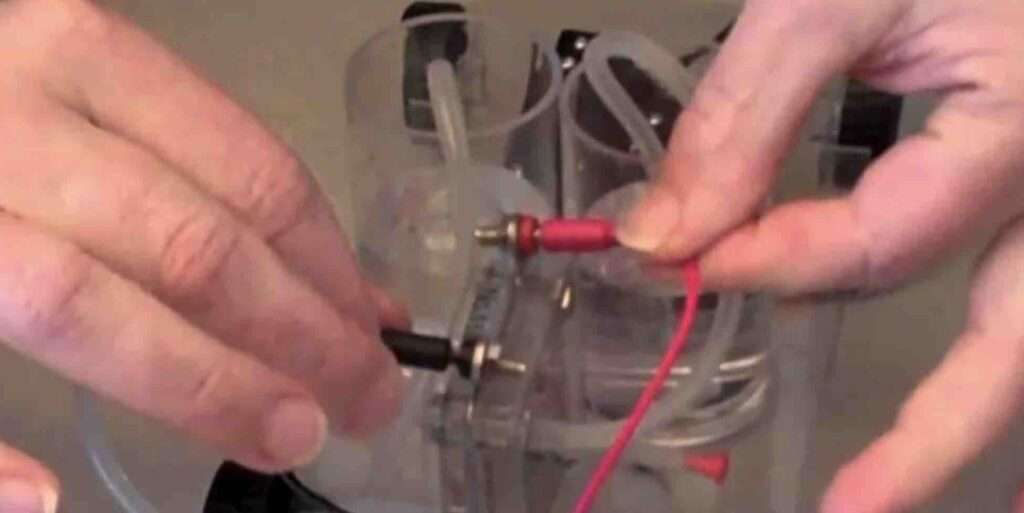Last updated on January 31st, 2023 at 10:30 am
The camshaft position sensor, also known as the CPS, is a crucial component of an automobile’s engine.
It is responsible for monitoring and controlling the timing of the intake and exhaust valves to ensure optimal performance. The camshaft position sensor bank 1 refers to cylinder 1 within an engine.
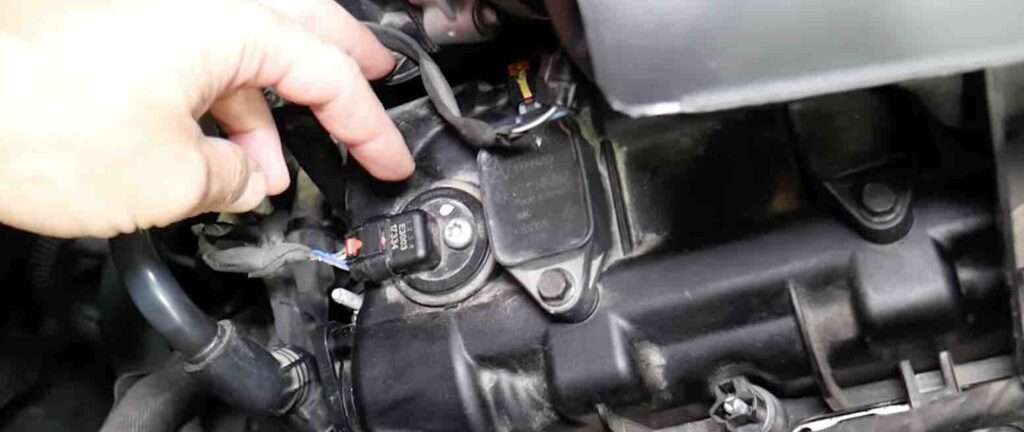
In this case, Bank 1 would be located on one side, while Bank 2 (B) would be located on the other side. The Camshaft Position Sensor Bank 1 monitors one side (or bank) of a V-type cylinder configuration.
The purpose of having a camshaft position sensor bank 1 is to determine when each piston should fire during its cycle so that it can generate maximum power with minimal fuel consumption and emissions output from combustion engines in automobiles.
Overall, it helps regulate ignition timing, which affects how efficiently your car runs. If it’s off by even just a few degrees, you could experience reduced performance or increased fuel consumption due to incorrect spark plug firing times relative to crankshaft rotation speed or position at any given moment.
The location of the camshaft position can vary depending on the type of vehicle. In most cases, it is near or around one end (usually either the right or left) of your cylinder head(s).
Its part helps regulate the spark plug firing sequence by providing information about where each piston should be during its stroke cycle so that combustion occurs promptly within each cylinder.
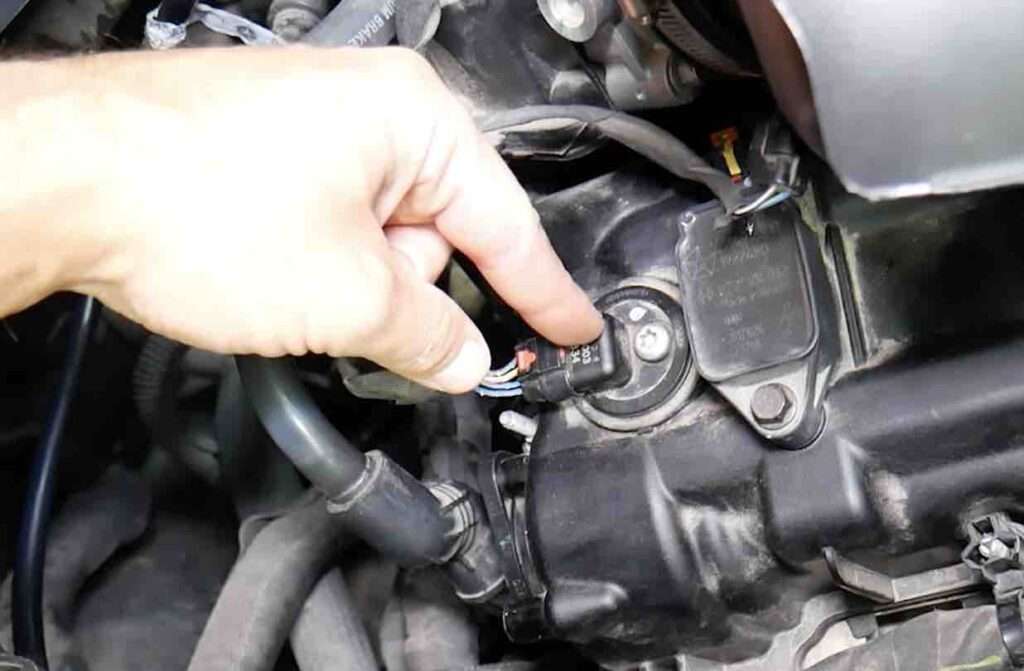
What is camshaft position sensor bank 1?
The camshaft position sensor bank 1 measure’s the revolving speed and position of the crankshaft, providing the data to help control fuel injection, valve timing, and other elements that are essential for proper engine operation. In most vehicles with inline engines, the sensor is located on top of or near the cylinder head (on the left side).
To properly function, this component needs to be able to detect changes in rotation as small as one degree per second so that it can accurately measure when each spark plug should fire off its spark at just the right time for optimal performance.
It requires precise measurements taken from multiple points along a rotating shaft, which then need to be relayed back into computer systems within milliseconds so they can adjust accordingly if needed—all while avoiding any potential damage caused by heat or vibration associated with high-speed engines like those found in modern cars today.
Without this critical piece of technology working correctly, your car could suffer from misfires due to poor fuel economy.
Therefore, you must get your camshaft position sensor checked regularly during regular maintenance checks, especially if you notice any issues such as a rough idle or stalling out after starting up your vehicle again after being parked for some time—both signs indicating there might be something wrong here worth looking into further before driving away again safely.
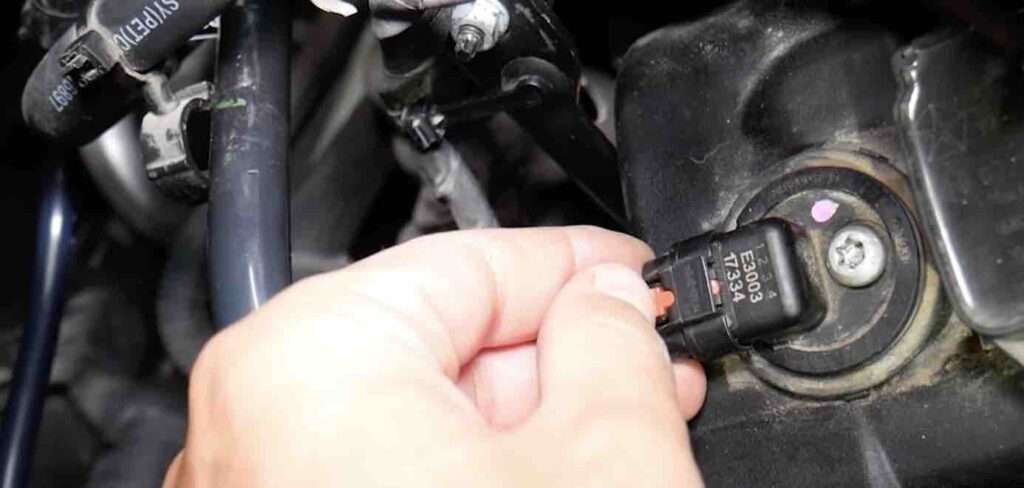
Where is camshaft position sensor bank 1 located?
The camshaft position sensor bank 1 location is typically found on the front or rear of the engine, depending on its make and model. On most vehicles, it will be located near the top of the engine block or cylinder head. The exact location may vary slightly from one vehicle to another, but it should generally be easy to find.
Can I drive with a camshaft position sensor problem?
Yes, one can drive with a camshaft position sensor problem. But it depends on the issue’s severity and how it affects your vehicle’s performance. In general, driving with a faulty camshaft position sensor can be dangerous, as it may cause your engine to stall or misfire while you are driving.
This could potentially lead to an accident if you are not able to control or stop the car in time due to a lack of power from an improperly functioning engine.
How much is a camshaft position sensor bank 1?
The cost of a camshaft position sensor bank 1 depends on several factors, such as the make and model of your car, its year of manufacture, and the type of engine you have installed.
If you are buying an aftermarket part, these typically range from about $50 to $200, depending on the brand and where you purchase them. If your vehicle requires genuine manufacturer parts, this could be more expensive but may offer better performance due to their superior build quality compared with some aftermarket brands.
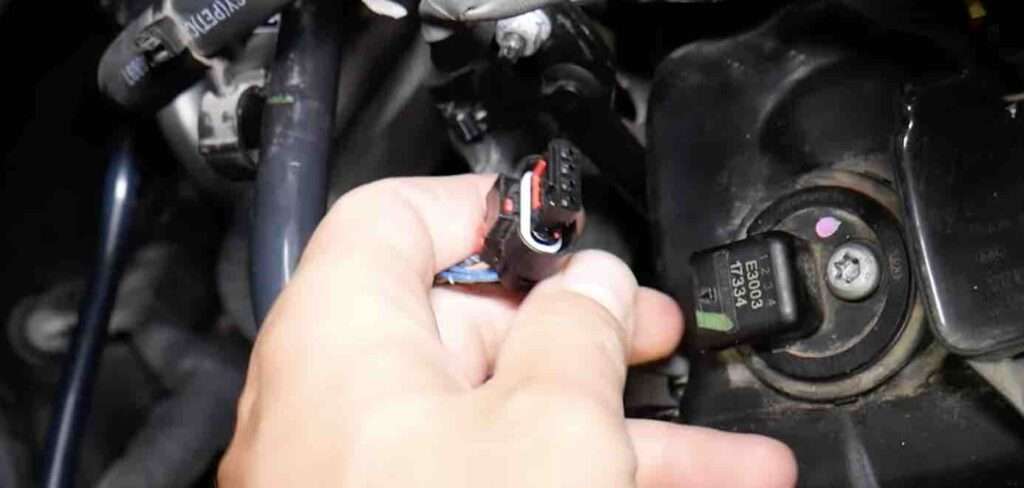
Where is the camshaft position correlation bank 1 sensor A?
In many modern vehicles with four-stroke engines, such as those made by Honda or Toyota, this part will typically be located between cylinders 1 and 2 on either side of the cylinder head.
This placement ensures that it can accurately detect when each piston reaches its top dead center (TDC) point during operation so that fuel delivery can be properly timed for optimal performance.
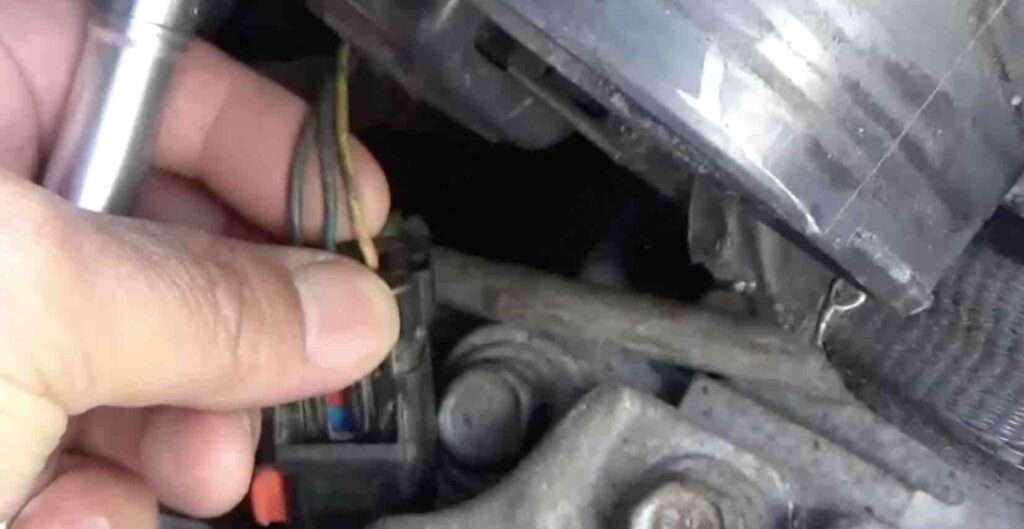
Where is the BMW camshaft position sensor bank 1 location
The BMW camshaft position sensor bank 1 location is located on the front of the engine, near the top. The exact location depends on what type and model of BMW you have, but it is typically located near or around the cylinder head assembly.
On BMWs with 6-cylinder engines, such as those used in 3 Series cars from 2006 onward, you’ll find CPS sensors near each cylinder head at either end: on the left side for Bank 1 and on the right side for Bank 2.
However, some 4-cylinder models may have only one CPS sensor mounted between both banks, so check your owner’s manual before attempting any repairs or maintenance work! See also How To Reset Camshaft Position Sensor, No Start & Without Scanner crankshaft Reset
Conclusion
The Camshaft Position Sensor Bank 1 plays a vital role in keeping your car running smoothly. It is usually located near Cylinder #1 but may differ depending on the make and model. To locate your camshaft position sensor bank for a particular vehicle, check your owner’s manual or service guide.
Suppose the camshaft position sensor bank is not maintained correctly. In that case, it can lead to too many problems, ranging from minor inconveniences like stalling at low speeds to more serious issues such as misfiring cylinders and reduced fuel efficiency.
Read also:
- Reasons For Single Clunk When Accelerating
- Meaning & Fix for Triangle with Exclamation Point Warning Light.
- Temporary Fix For Crankshaft Position Sensor (Scanner vs Manually Relearn Guide)

Uchenna is a Radiographer and Auto parts mechanic who recently got his automotive diploma as an auto repair technician, and since then, has worked on fixing various car problems.
Working as just a radiographer, Uchenna didn’t just get all the fulfillment he desired, because he truly loved doing things tilted toward cars. As a kid, he would take apart his toy cars to see how they worked and would spend hours tinkering with his bike.
So, in 2017 he made the tough decision to become an auto mechanic. He threw himself into his studies and now loves every aspect of what he does.
He gets to work with his hands, solving problems and bringing cars back to life, and sharing his knowledge and easy quick-fix guide online are all part of what makes him feel fulfilled.

